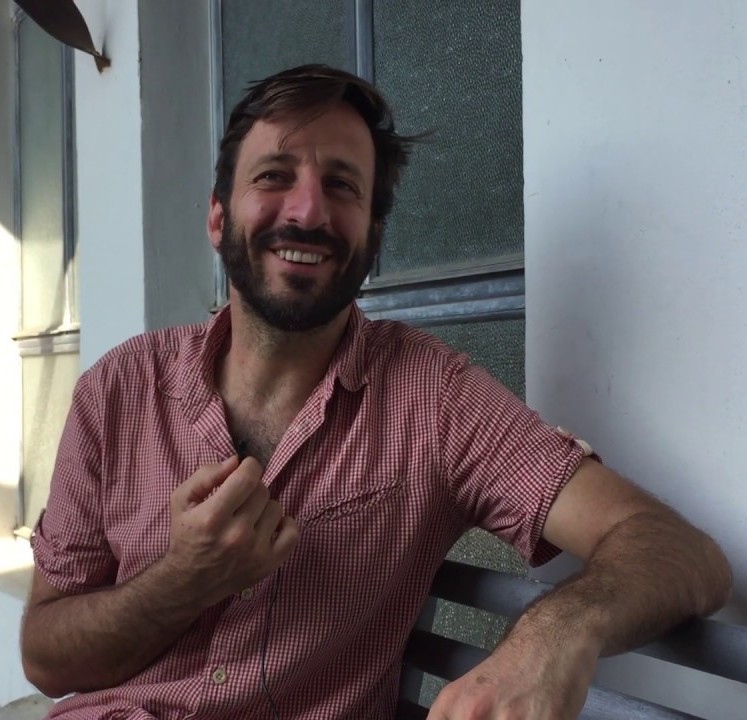What is the Nature of your Artist Commission piece?
The commission responds to the space of the fair, the context of Dubai and an alternative perspective regarding the history of the city. The installation combines visions of the past, present and future of Dubai, referring to archeological unearthing, heritage and crafts, the hydrological system, urbanism and infrastructure, through a variety of diverse materials.
While visiting and studying the context of Dubai, I collected impressions to establish connections with the diverse people and places that bring Dubai together. Based on the impressions, and the economic socio-ecological flows, I was able to create a story taking place in different scenarios for the visitor to navigate and access.
What was/is your perception of Dubai?
Dubai is a city made of many worlds, in rapid change and contrast between the past, present and future. The present seems like an accelerated instant, where an optimistic future is constantly forged. It’s a free port channeling economy and trade flows, with an atmosphere of being a land of opportunities despite the contrasts in diversity. The mosaic of cultures and ways of living in Dubai make the city enriching, the solid economy of the state and private sector offer potential to confront the challenges of this century to ensure sustainability and equitable conditions, something that we as a Collective believe should be instilled in current and future plans.
How does this work link to your previous practices?
I often work with interactive installations, diverse materials and knowledge, combining high and low tech procedures, dialects and latest developments. This contrast allows me to take a critical position, to relativise possible narratives and question future events. In previous projects we have mixed reality and fiction, storytelling and existing political frictions.
What is the creative process behind your installation?
Our creative process is very intuitive and involves balancing the impressions of the research stage, ideas and readings that formulate during the fieldwork and the intended message.
For Art Dubai there were different conditions and criteria to take into consideration, such as the presence within the fair site, the audience´s attention, the interaction with the broader context of the city, and to propose a work that could be read at different levels, from entertaining to raising critical questions.
What is the greatest challenge when creating a piece of work on a place you’ve never been to before?
The greatest challenge is having to rely and work hand-to-hand with collaborators that are well established in the context of the subject, are able to offer guidance and contribute to the project in its different stages. This could be from the initial research, concept, to production and the final activations.
Each stage can be made very difficult if a complete picture is not easily gathered, within the given time to create an installation.





